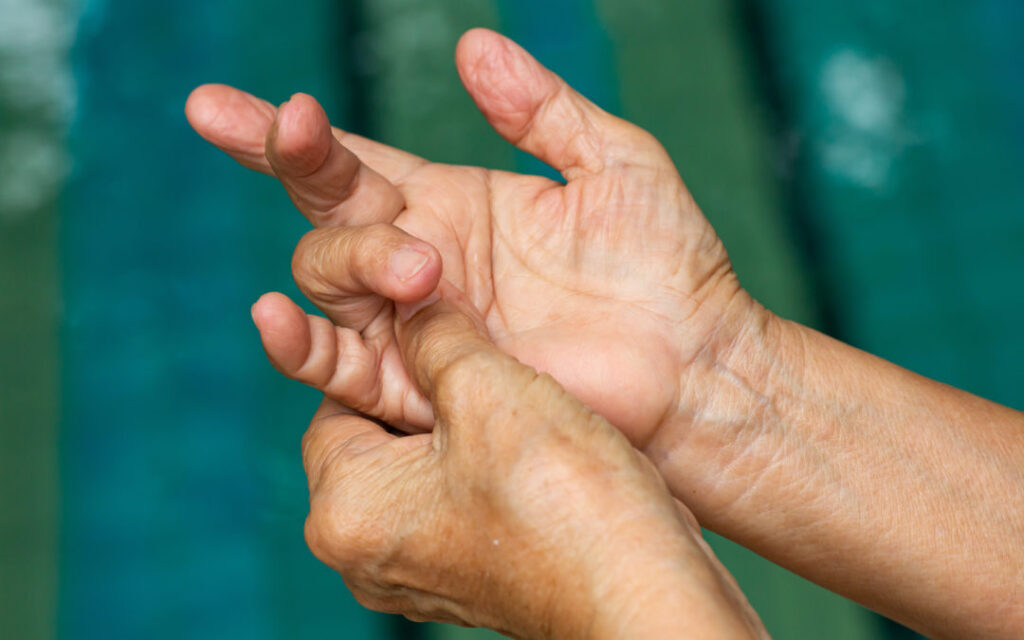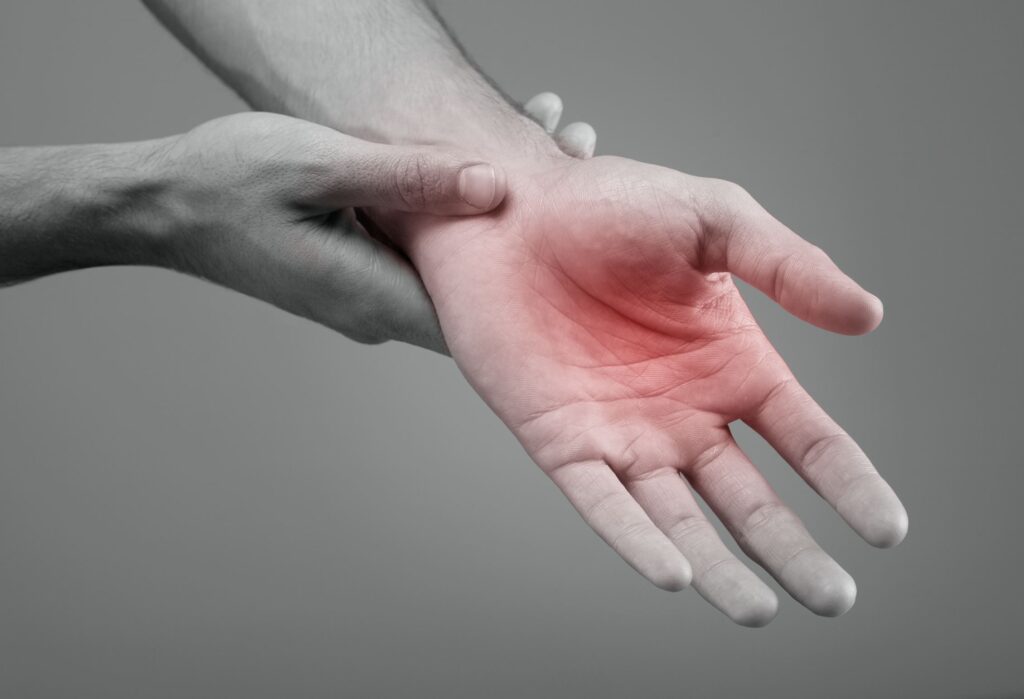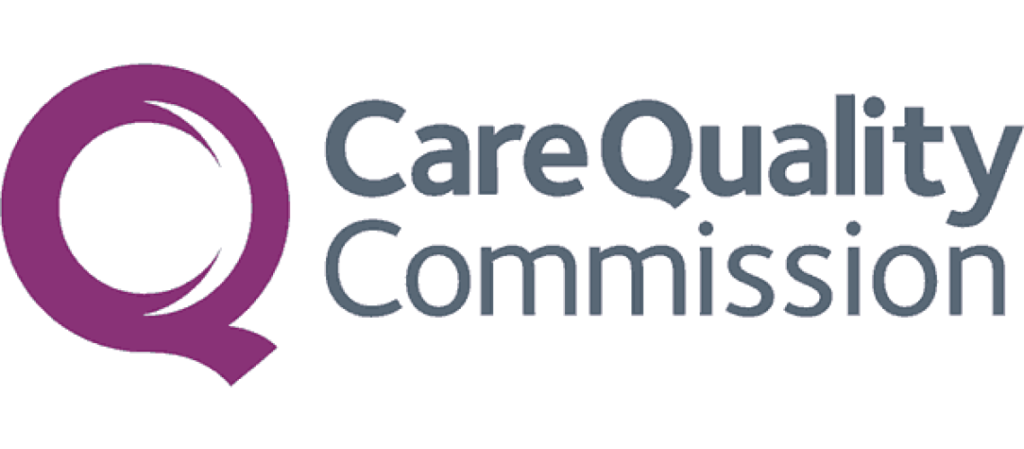Trigger fingers
Trigger finger is a condition where a finger or thumb gets stuck in a bent position and then suddenly snaps straight.
At a glance
About
Treatment is aimed at reducing inflammation and restoring smooth tendon movement.
Effective
Referrals
Not Needed
Booking
Instant-book option available
Cost
-
Lincolnshire £ 1800
Nature of trigger finger treatment
Trigger finger treatment primarily focuses on reducing inflammation and restoring smooth tendon movement. The most common approach is an injection of corticosteroids or other anti-inflammatory medications directly into the tendon sheath.
Common Causes of Trigger Fingers
Wrist fractures usually occur due to direct trauma or falls, including:
Repetitive hand movements: Frequent gripping or manual tasks that strain the fingers.
Diabetes: Increased risk due to changes in tendon structure and inflammation.
Rheumatoid arthritis: Chronic inflammation affects the tendon sheaths.
Carpal tunnel syndrome: Associated nerve pressure can contribute to tendon irritation.
Occupational use: Jobs that require repeated grasping or tool handling.
Diagnosing suitability for trigger finger treatment
Diagnosis begins with a physical exam to assess finger movement, locking, and tenderness at the base of the affected digit. Patients may notice stiffness, clicking, or a catching sensation when bending or straightening their fingers.
If symptoms are persistent or worsening, your clinician may recommend an ultrasound to confirm tendon sheath thickening or inflammation. In cases where conservative care is ineffective, corticosteroid or other anti-inflammatory injections may be advised to reduce symptoms and restore function.
Suitable for
Finger locking or clicking

Tendon inflammation in the hand

Treatment overview
Injections for trigger finger aim to reduce inflammation around the affected tendon. A corticosteroid or anti-inflammatory agent is injected directly into the tendon sheath, allowing the tendon to glide more freely. The procedure is quick, often completed within minutes, and requires no downtime. In many cases, a single injection can relieve symptoms for several months or longer. For severe or recurring cases, a second injection or surgical release may be considered.
In cases where conservative care is ineffective, corticosteroid or other anti-inflammatory injections may be advised to reduce symptoms and restore function.

Benefits

Improves finger mobility

Reduces inflammation and pain

Promotes proper bone healing

Minimally invasive

No need for surgery in many cases
How to Pay
We offer a range of flexible payment options to make your treatment experience smooth and stress-free.
Paying for Yourself (Preferred Option)
Most patients choose to self-fund their treatment. We accept:
- Bank Transfers
- Credit/Debit Cards
- Cash (in person only)
Instalment Plans
We’ve partnered with GoCardless to offer interest-free instalment options. You can easily set up a Direct Debit to spread the cost of your treatment over time.
Finance Options
Looking for a financing plan? You can apply through Kandoo, our trusted finance partner.
- Instant online decision
- No impact on your credit score
- Multiple lenders for competitive rates
Private Medical Insurance (Limited Availability)
We work with a small number of approved insurance providers. However, due to restrictions from many insurers, not all treatments are covered. Please check with your insurer and speak to our team before booking to avoid disappointment.
The booking process
Online booking/call
Use our Calendly to book an initial consultation, or give us a call.
01
consultation
If you are a new patient, our doctors might arrange a consultation before treatment.
02
Treatment
You will be booked in for treatment.
03
Follow up
Our doctors might arrange a follow-up consultation, to check your response to treatment.
04
Discharge
Once your doctor is happy with your recovery, you will be discharged. After discharge, we are always here for further questions or support, should you need it.
05
Frequently Asked Questions
How long does the injection take to work?
Most patients notice improvement within a few days, though full relief may take 1–2 weeks.
How long does the relief last?
Relief can last several months or longer. In some cases, a second injection may be needed.
What if the injection doesn’t help?
If symptoms persist, surgical treatment may be considered. Your specialist will guide you based on your response.
Schedule A Discovery Call With Us
Don’t wait to find relief. Whether it’s a consultation, scan, or treatment, we’re ready to help.






